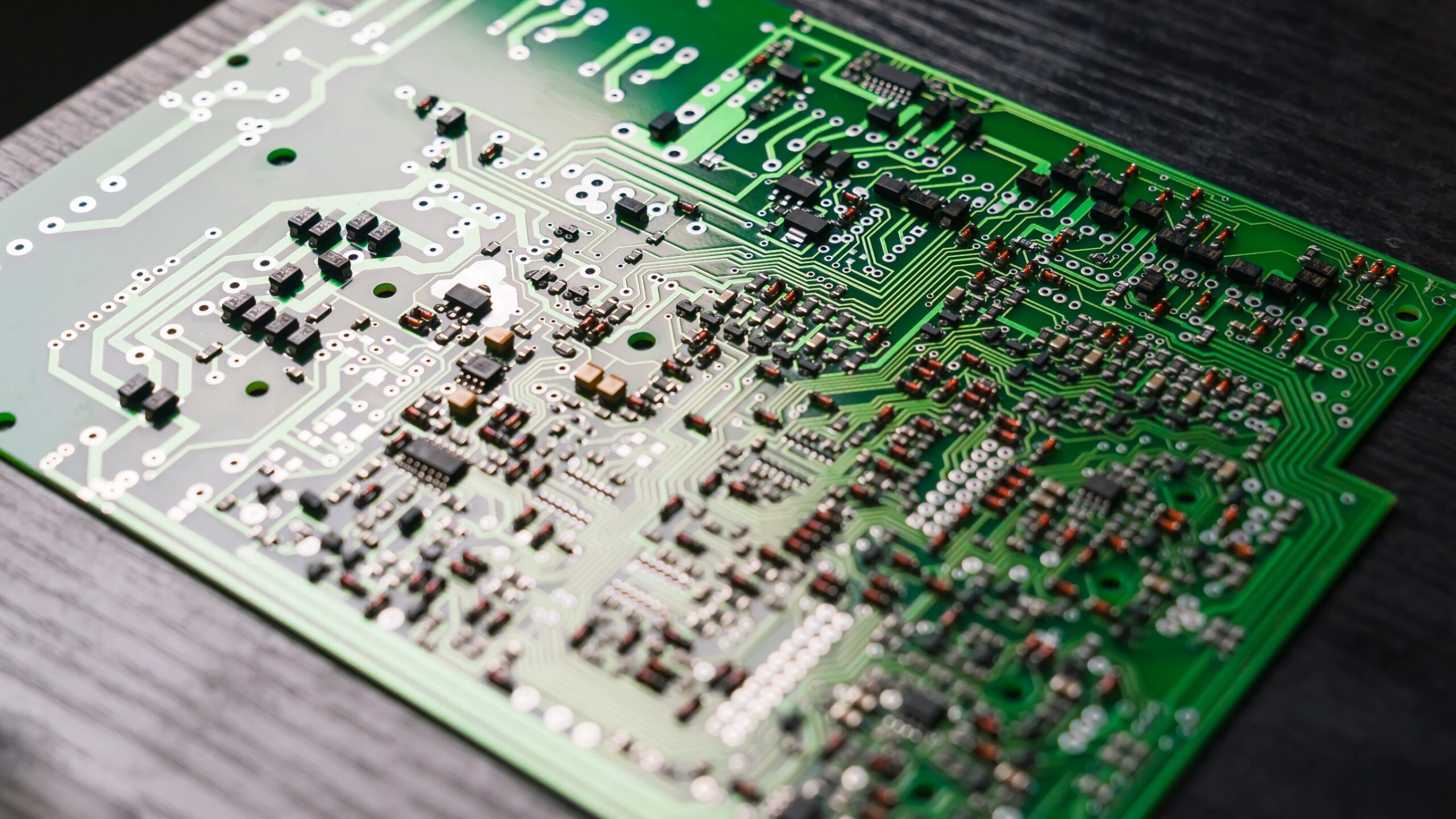
Artificial Intelligence (AI) is revolutionizing the electronics industry, bringing about significant advancements in manufacturing, design, and consumer applications. Here’s an in-depth look at the key benefits of AI’s impact on the electronics industry.
1. Enhanced Manufacturing Efficiency
AI optimizes manufacturing processes by automating repetitive tasks, reducing waste, and predicting machine failures through predictive maintenance. AI-driven robotics handle tasks with precision, ensuring higher productivity and reduced downtime. For instance, AI systems can monitor equipment performance in real-time, predicting failures before they occur, which reduces unplanned downtime by up to 50% and cuts maintenance costs by 30%.
2. Improved Product Design
AI-powered tools, such as Computer-Aided Design (CAD) software, enable engineers to simulate and test product designs more efficiently. These tools can identify design flaws, recommend improvements, and expedite the prototyping process. This leads to faster development cycles and more innovative products, as AI can analyze vast datasets to optimize design parameters.
3. Supply Chain Optimization
AI enhances supply chain management by predicting demand, streamlining inventory, and mitigating risks like delays or disruptions. AI algorithms can analyze historical data and market trends to forecast demand accurately, ensuring that components are sourced and delivered on time. This reduces inventory costs and improves overall supply chain efficiency.
4. Smarter Consumer Electronics
AI enables smart features in consumer electronics, such as voice recognition, adaptive learning, and personalized recommendations. Devices like smart TVs, speakers, and smartphones can now cater to individual user preferences, enhancing the user experience. For example, AI-powered voice assistants can understand and execute commands, making interactions with devices more intuitive and efficient.
5. Predictive Maintenance
AI is crucial for real-time monitoring and diagnostics of hardware. It identifies potential failures in components like printed circuit boards (PCBs), minimizing costly repairs or replacements. By continuously analyzing data from sensors and other sources, AI systems can detect anomalies and predict when maintenance is needed, extending the lifespan of electronic devices.
6. Accelerated Semiconductor Design
AI accelerates semiconductor chip design by analyzing vast datasets and optimizing performance parameters. This reduces the time-to-market for new chips and expedites the semiconductor manufacturing process. AI can also help in designing custom silicon tailored to specific applications, enhancing the performance and efficiency of electronic devices.
7. Enhanced Cybersecurity
With the rise of digital threats, AI plays a vital role in cybersecurity for smart devices. AI algorithms can detect and neutralize cyberattacks in real-time, protecting sensitive data and maintaining operational integrity. This is particularly important as more devices become interconnected, increasing the potential attack surface for cyber threats.
8. Quality Control and Defect Detection
AI-powered machine vision systems, using deep learning algorithms, can detect defects and deviations with unprecedented accuracy. These systems ensure higher product quality and reduce waste by identifying issues early in the production process. For example, AI can inspect solder joints on PCBs to detect weaknesses that might lead to failures.
9. Human-Machine Collaboration
AI enhances human-machine collaboration by enabling real-time decision-making and fostering near-autonomous systems. This collaboration improves flexibility and responsiveness in production environments. For instance, AI can assist human workers by providing real-time insights and recommendations, enhancing productivity and reducing errors.
10. Environmental Sustainability
AI contributes to environmental sustainability by optimizing resource usage and reducing waste. AI algorithms can analyze energy consumption patterns and suggest ways to improve efficiency, reducing the environmental impact of manufacturing processes. Additionally, AI can help in designing products that are more energy-efficient and environmentally friendly.
11. Innovation and Technological Advancement
AI fosters innovation by providing a clear framework for developing new technologies and improving existing ones. This drives the industry forward, leading to the creation of more advanced and reliable electronic devices. AI can also help in exploring new materials and manufacturing techniques, pushing the boundaries of what is possible in electronics.
12. Cost Reduction
By automating tasks, optimizing processes, and reducing errors, AI helps in significantly lowering production costs. This makes it possible for manufacturers to offer high-quality products at competitive prices. AI-driven efficiencies translate into cost savings that can be passed on to consumers, making advanced electronics more accessible.
Conclusion
The impact of AI on the electronics industry is profound and multifaceted. From enhancing manufacturing efficiency and product design to improving supply chain management and cybersecurity, AI is transforming every aspect of the industry. By leveraging AI, companies can produce higher quality, more reliable, and innovative electronic devices while reducing costs and promoting sustainability. As AI technology continues to evolve, its influence on the electronics industry is expected to grow, driving further advancements and shaping the future of electronics.


